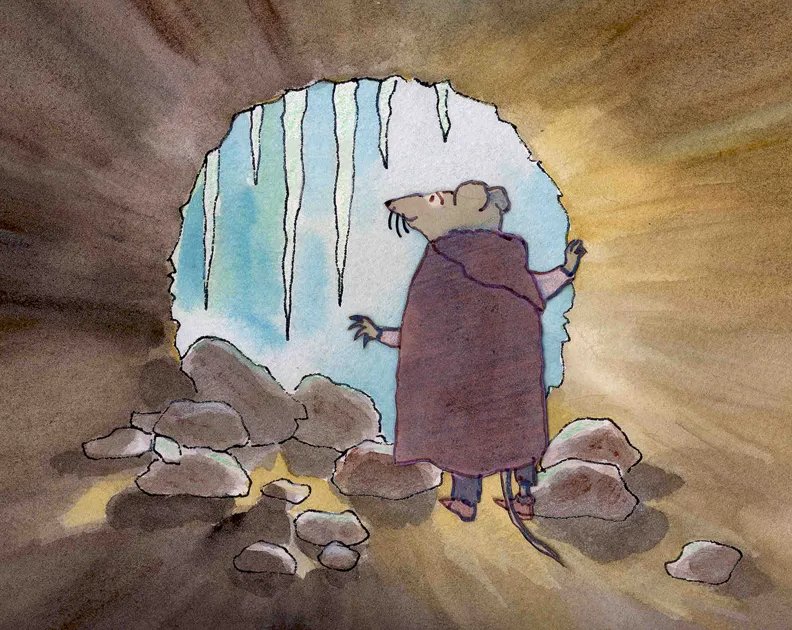Abel's Island
Abel’s Island by William Steig is about a mouse who gets blown across the countryside by an insolent storm, and ends up on an island in the middle of a swift stream where he is marooned for a year. At first, Abelard Hassam de Chirico Flint of the Mossville Flints, of the ancient and wealthy family line, is resentful of his fate—though a self-proclaimed adventurer, this adventure is not one that he chose. But, not long into his unwilling solitude, he begins to appreciate the beauty that surrounds him, and he begins to learn about himself.
We finished the book in class today, and while I was collecting the books, the students turned them over reluctantly. They were not ready to say goodbye to Abel, and I understand.
In our end-of-book discussion, I asked my class what Abel learns about himself during his time on the island. This is a topic we discussed throughout the novel, and they had a lot to say. Here are some of their responses:
While he is on the island, Abel learns that he can make a lot of different things, like boats, bowls, and sculptures.
He learns that the world isn’t trying to get him. He described the storm that blew him to the island as rude, but after he escapes and he runs into the cat, he realizes that the cat is just being a cat. It can’t help it.
He gets in touch with his inner Abel. He realizes that he is adventurous, creative, brave, and stubborn. And he finds out that he is good at sculpting, so he realizes he wants to be a sculptor now.
My students never fail to surprise me with their depth of insight. I promise, these responses were unprompted! I just asked the question, and they filled the silence that followed.
One of the things I personally love about Abel’s Island, besides all the beautiful lessons Abel learns about himself, is the beauty of solitude. Especially these days, we see so many people who are constantly occupied. When they are not actively doing something, they are looking at something on their phone or listening to something in the background. There is little to no actual free time, when one is doing nothing and hearing nothing. In Abel’s Island, Abel copes with his boredom by becoming creative. It is through boredom that he discovers his vocation—sculpting. Solitude is beautiful, and these days, it is rare. I love Abel’s acceptance of solitude, and how it serves him. Abel teaches us how to be alone.
And finally, I love Abel because he reminds me of my students. At the center of this novel is a mouse who does not know enough about himself to get along in the world—he has never worked a day in his life before coming to the island. But, through his experiences on the island, he somehow becomes more civilized than before. He learns the value of hard work, and he learns just how much his loved ones mean to him because of his pain in their absence. Instead of carefully cultivating his environment to only give him the stimulus he desires, Abel learns to take life as it comes, and to enjoy its unexpected beauty to the utmost.
This is the spirit I hope to impart to my students through literature. Sure, life is unpredictable, but it is best to approach it with a sense of adventure and an open heart. There is so much beauty out there to explore and appreciate.

